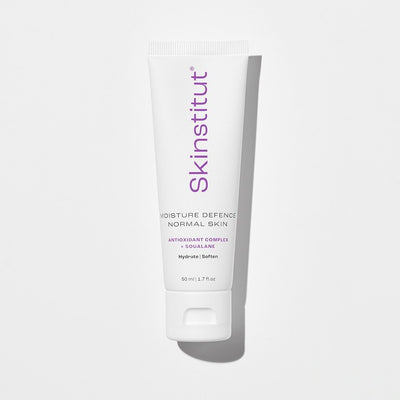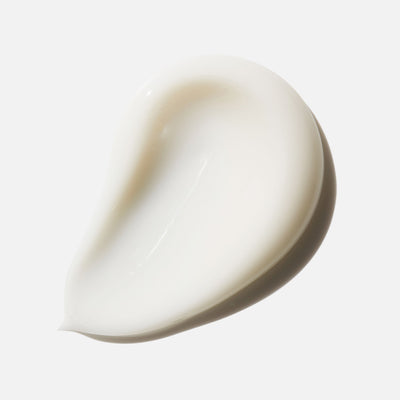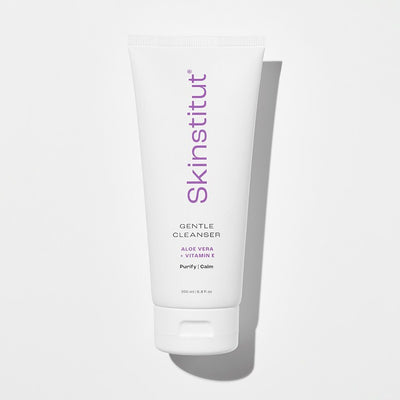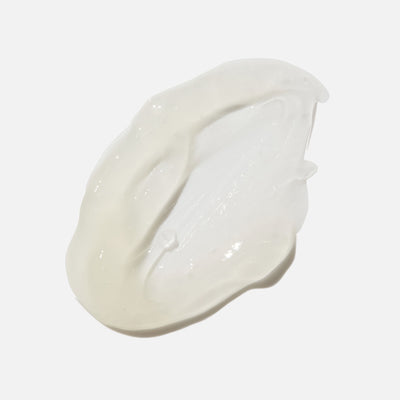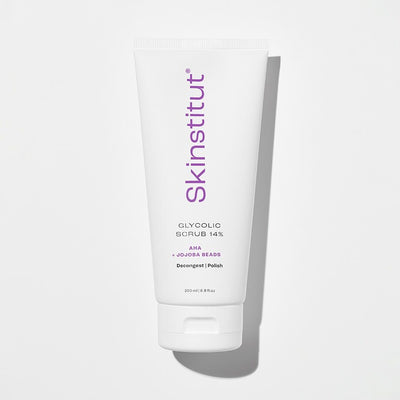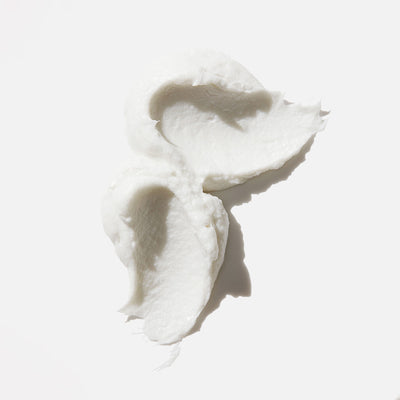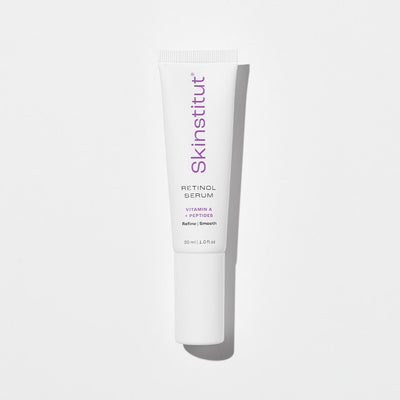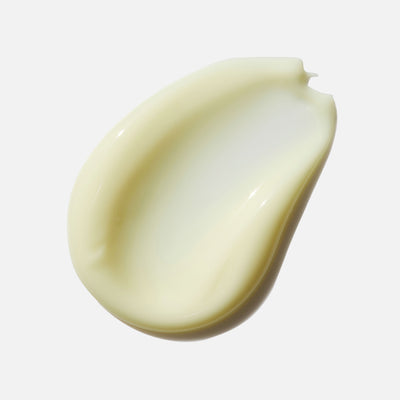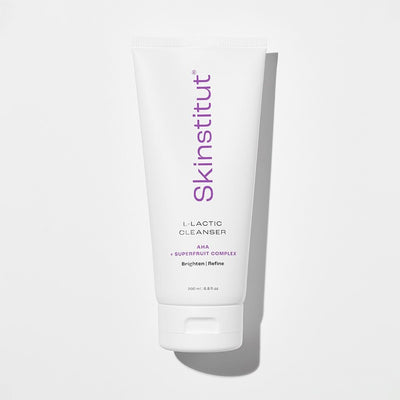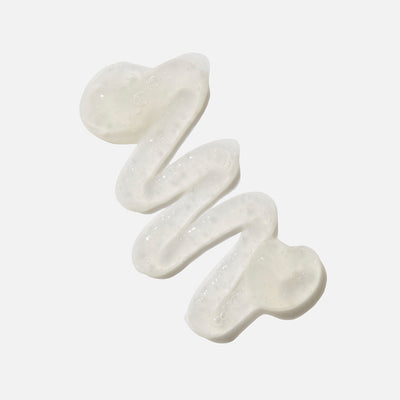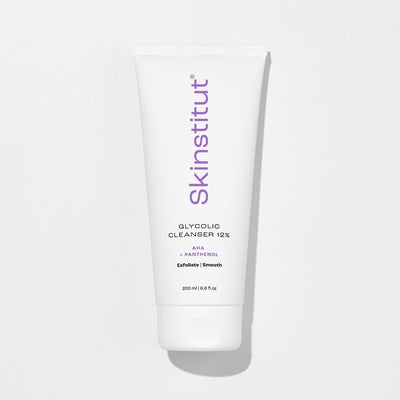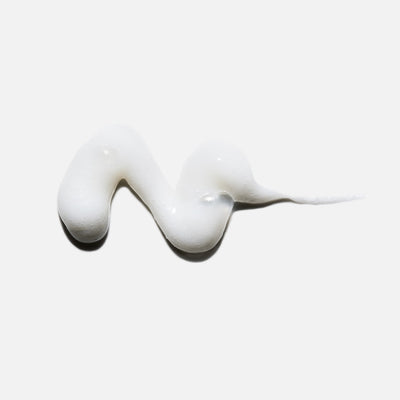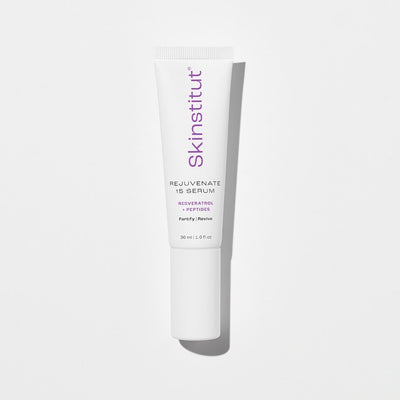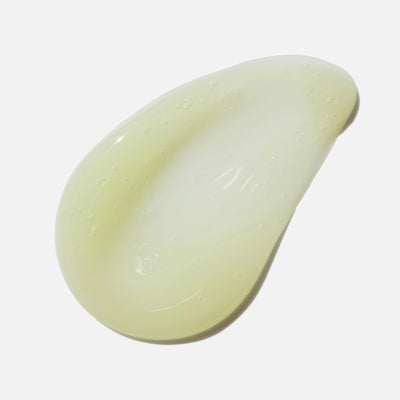Feeling plagued by those patches of pigmentation that won’t seem to budge? We hear you. In fact, hormonal pigmentation is one of THE most complained-about skin topics out there. While it can definitely be a challenge to treat, we’ll talk you through how it may have got there and what you can do about it, both at home and in professional hands.
What is Hormonal Pigmentation?
Also known as melasma (and sometimes referred to as chloasma when it occurs during pregnancy), hormonal pigmentation is a chronic skin-pigment disorder that’s most commonly seen in the skin anywhere from the age of 20 through to 40 and can affect both women and men. We’ve described it as chronic because it can be incredibly persistent and despite treatment, can keep coming back. Every skin is different of course but hormonal pigmentation tends to present itself as blotchy, brown patches or freckle-like spots (called macules) with an irregular border.
What Causes Hormonal Pigmentation?
The tricky part about hormonal pigmentation is that it’s caused by many factors but it generally begins due to hormonal changes and fluctuations. You may have first noticed your pigmentation appear after taking the oral contraceptive. It can also be stimulated by hormone replacement, intrauterine devices and implants, pregnancy, hypothyroidism (when your body doesn’t produce enough thyroid hormones), and certain medications. Obviously sun exposure or sun damage is a contributing factor that can really make your melasma appear more noticeable. Hormonal pigmentation can also come courtesy of a genetic predisposition (thanks Mum and Dad).
So how does hormonal pigmentation end up on your face? Your pituitary gland, hypothalamus, and your skin secrete a group of peptide hormones called melanocyte-stimulating hormones (MSH). When your skin is then exposed to UV light from the sun, the production of MSH goes into overdrive which in turn, influences skin cells known as melanocytes to produce a pigment called melanin, which shows up (seemingly randomly) as those often large, flat brown patches on your face.
How Can I Treat My Hormonal Pigmentation at Home?
Most importantly (and realistically) with patience; melasma can be pretty stubborn to remove completely and lifestyle definitely plays a part. But first, it’s important that you try to identify the cause of your hormonal pigmentation and this is best done by an expert such as a dermatologist or even an experienced skin therapist. Treating it topically will only be a temporary solution if you don’t understand the cause/s and the relevant lifestyle triggers that you’ll also need to consider as part of your ongoing maintenance program.
As part of a customised pigmentation treatment plan, there are a number of skin brighteners and lighteners that can help both reduce the appearance of hormonal pigmentation and help suppress excess pigment production. You may want to consider some of the following skinstitut superheroes as part of your pigmentation plan:
Vitamin C 100%
We’re big fans of Vitamin C for a number of reasons including the fact that it’s a proven skin brightener and radiance booster. This versatile powder form is Vitamin C at its purist and most concentrated and it can be mixed in with your favourite moisturizer, mask, SPF or serum (please check for exceptions here).
Even Blend Serum
This pigment-correcting treatment serum is a definite favourite and easy to incorporate in your daily routine, morning and evening. A blend of Glycolic Acid and brightening botanicals it helps to lighten pigmentation and even out skin tone. It’s also safe to use if you’re or breastfeeding.
Retinol Serum
As far as active ingredients go, Vitamin A is a high achiever, particularly when it comes to pigmentation treatment and prevention. And we’ve bottled a form of Vitamin A and wrapped it up in a clever, micro-encapsulated delivery system in order for it to remain pure and potent on its way deep into your skin. This is where it does its best work to repair and rebuild at a cellular level, influencing healthy, bright new skin cells to make their way up to the surface.
Multi-Active Oil
A nurturing, nourishing treatment oil that’s been boosted by anti-inflammatory antioxidants like Rosehip, Pomegranate, and Macadamia Oils to help calm pigment-producing cells while strengthening skin integrity. A great skin support in general, it’s perfect to work into your daily routine during the Winter months.
What Will Make My Pigmentation Worse?
Hormonal pigmentation’s enemy number one is the sun. Ultraviolet rays will over-excite those melanocytes to produce even more melanin and this is what will cause those brown patches on your skin to darken and spread. Avoiding exposing your skin to the sun by wearing a protective hat, sunglasses, and regular application of a broad-spectrum sunscreen like our Age Defence SPF50+ is essential. That said, some people find that even sitting in the sun protected will cause their pigmentation to flare up due to the heat of the sun which can also stimulate melanin production. Avoid extremely hot climates and heat-inducing activities like sitting in a sauna or a very hot spa, or even putting your face under a hot shower.
Anything that acts as an inflammatory agent can stir up your melasma. Think: alcohol, sugar, and a diet of too many processed foods. And of course, hormonal fluctuations like those caused by pregnancy and breast-feeding can easily worsen your pigmentation — which is why we recommend waiting to treat your pigmentation until after your hormone levels have returned to normal.
Which Treatments Can Help With My Hormonal Pigmentation?
There are a number of effective, in-clinic treatments that you can consider to help manage and improve your hormonal pigmentation. Targeted treatments like microdermabrasion, micro needling with the Wireless Pen, or SkinInject Derma Rolling can all help to fade and reduce dark pigment in particular areas and brighten and improve skin tone and texture. We’ve also seen great results on hormonal pigmentation with the use of professional chemical peels. They come in varying concentrations for different skin tones including the Ageless Peel, and the Purple Peel.
As always, we recommend you have a consultation with your skin therapist who will recommend the right professional treatment for your skin type and condition, supported by an effective at-home routine.



